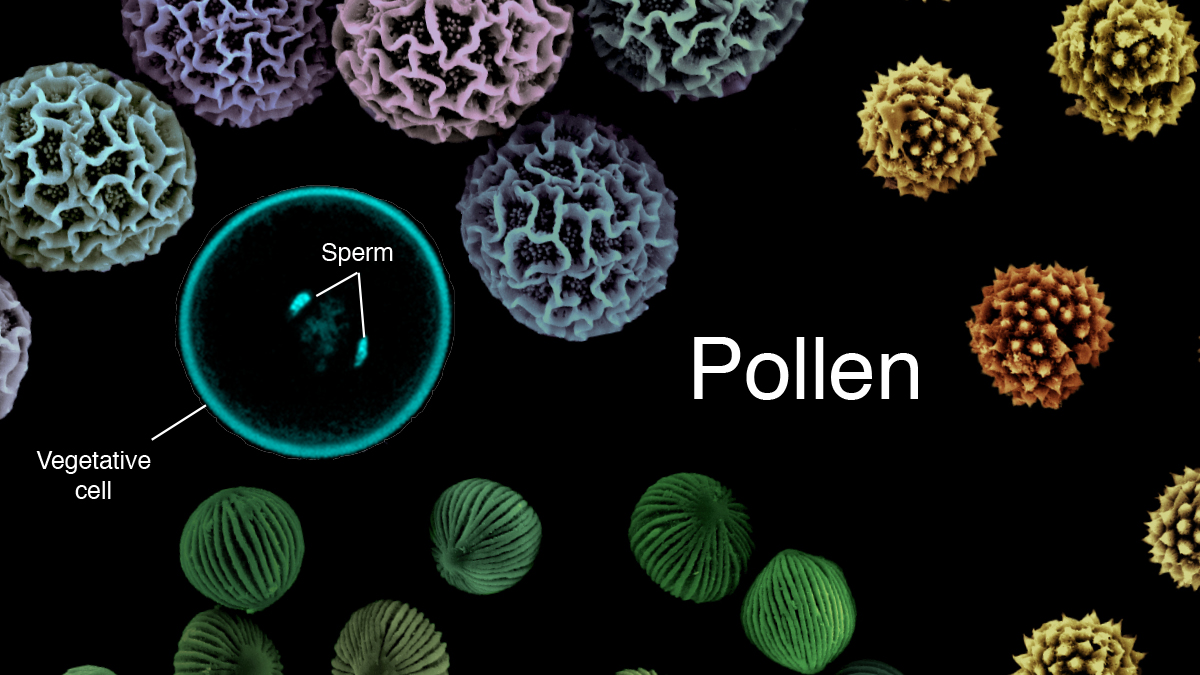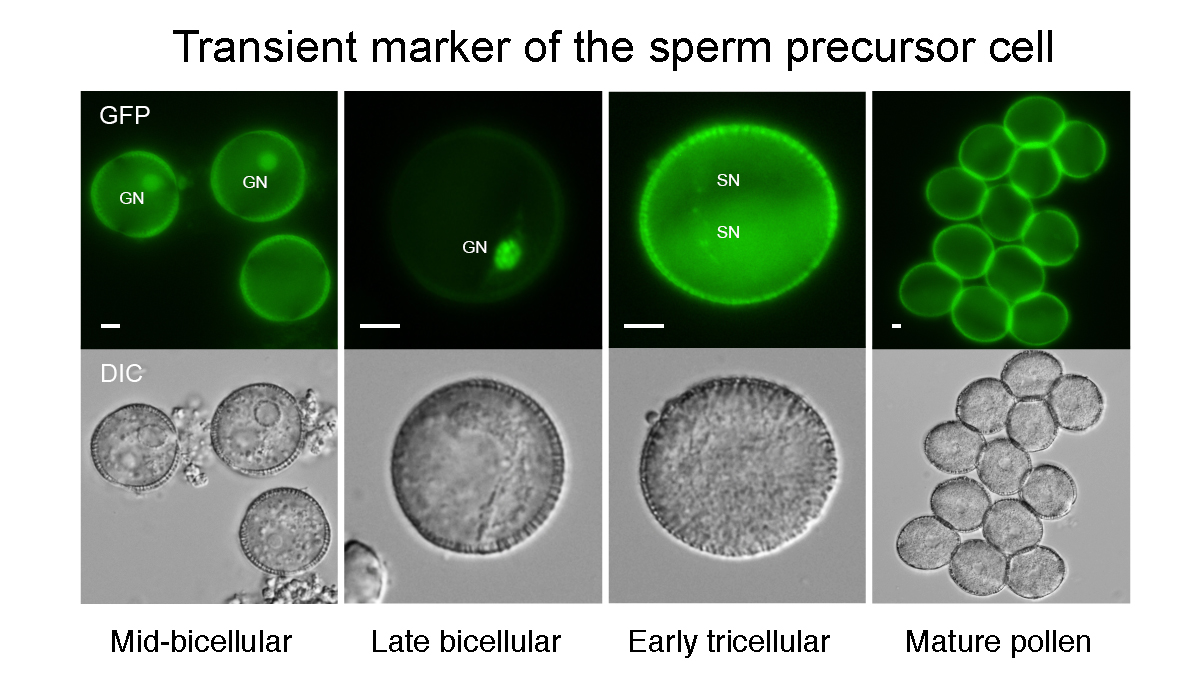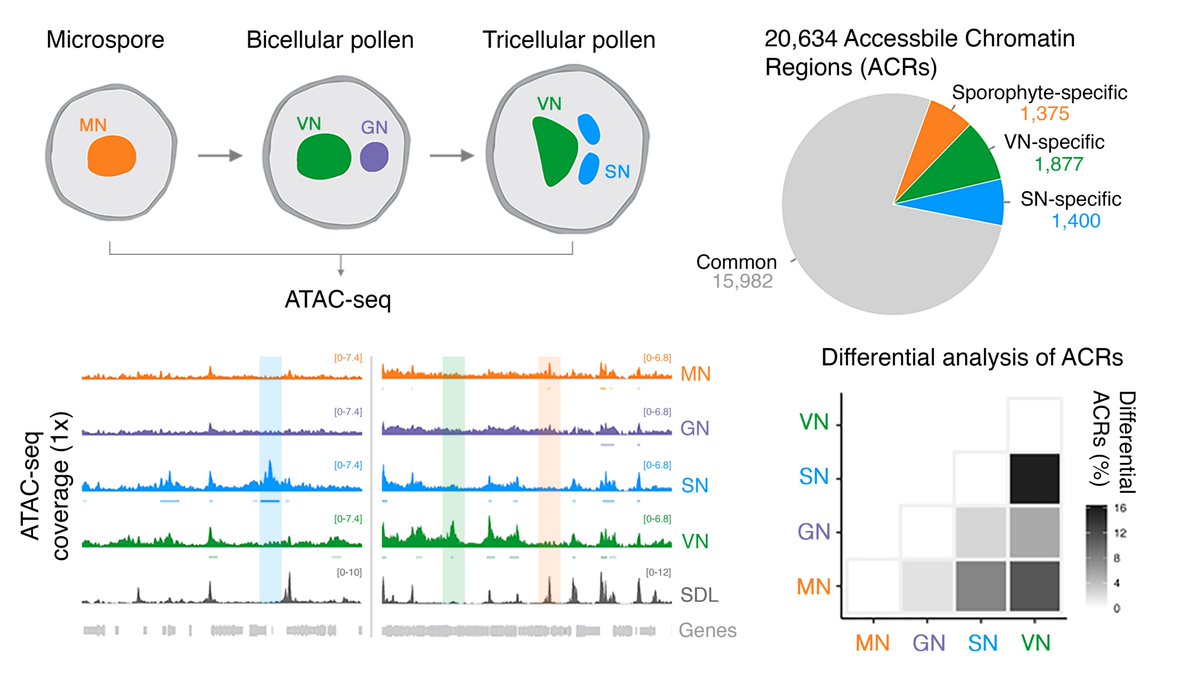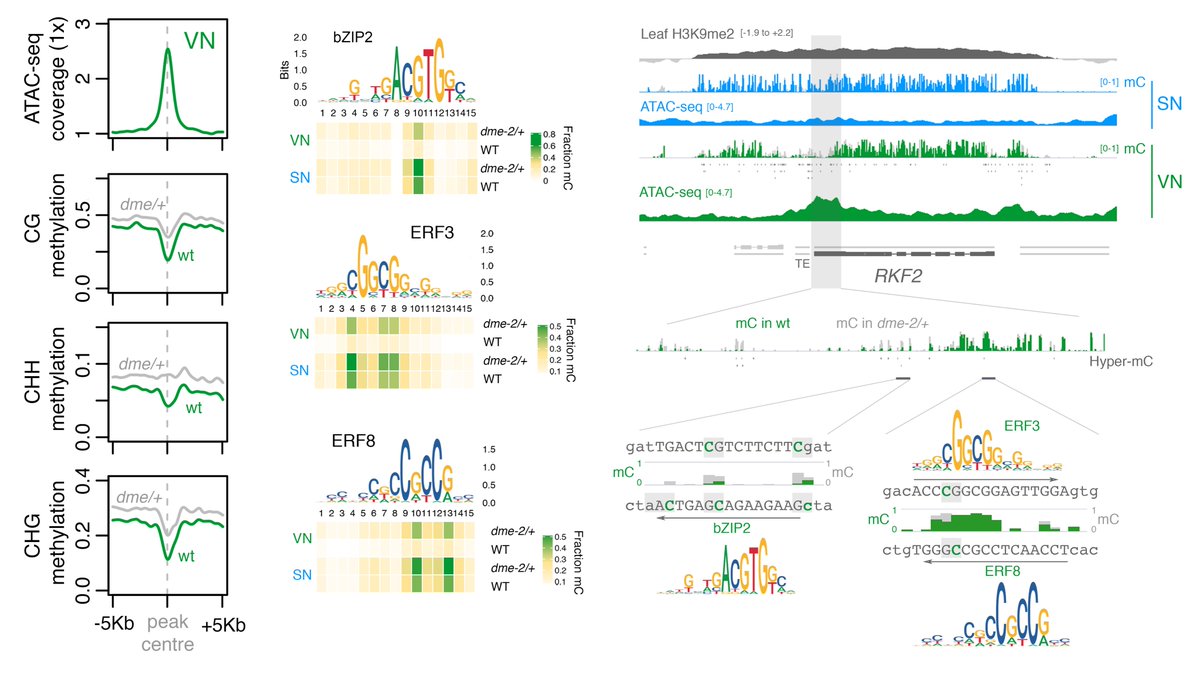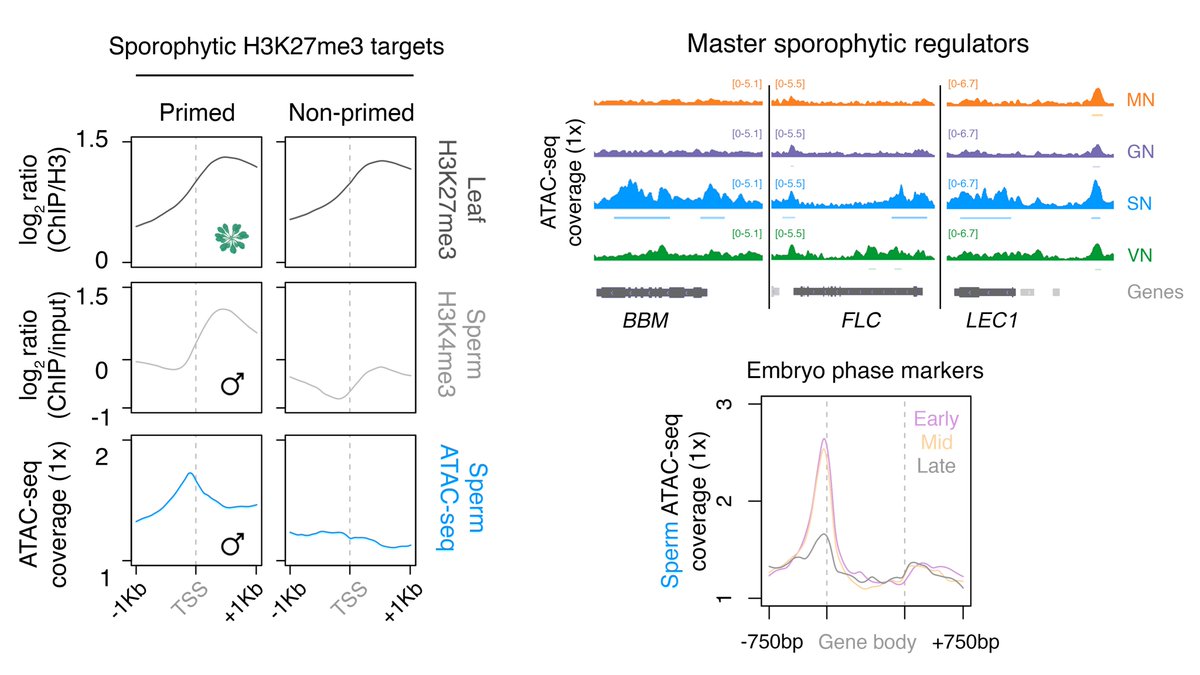Our latest work is now online at @eLife, which will be my last as a postdoc with Fred Berger at the @gmivienna and @viennabiocenter. Special thanks to co-authors @ranjithbio @RNAverage @mnodine1 and David Twell @uniofleicester. Thread incoming. 1/10 https://twitter.com/gmivienna/status/1354064382016282625
The alternation of generations is a phenomenon where two distinct life forms - the sporophyte and gametophyte - alternate in the life cycle of plants and algae. Developmentally, this is a fascinating process since one genome can specify two separate, free-living organisms. 2/10
While the meiotic products differentiate into gametes in the animal kingdom, in plants and algae they develop into new multicellular organisms - the gametophytes - that undergo sexual reproduction. This would be akin to us spawning haploid minions before any bedroom antics… 3/10
Despite its prevalence across all plants and algae, precisely how genomic activity is altered after meiosis to guide the alternation of generations is poorly understood. Here, we used pollen as a case study to delve into the mechanisms underlying these life form transitions. 4/10
Pollen grains represents the male gametophyte in flowering plants. They are composed of two sperm encased within a larger companion cell called the vegetative cell (VC), which serves to deliver the sperm to the female gametes through growth of the pollen tube. 5/10
Using tailored fluorescent marker lines and FACS-based enrichment, we isolated key cell types across the developing pollen lineage in Arabidopsis and profiled the dynamics of accessible chromatin and cis-regulatory activity using ATAC-seq. 6/10
We reveal widespread reprogramming of accessible chromatin and map hundreds of loci that gain accessibility in each pollen cell type. We show how the rewiring of cis-regulatory activity is intricately linked with the differential reprogramming of repressive epigenetic marks. 7/10
In the VC, accessible chromatin is shaped by the loss of constitutive heterochromatin and active cytosine demethylation of cis-regulatory elements, which elicits binding of transcription factors normally repelled by DNA methylation to regulate pollen tube-related genes. 8/10
Chromatin accessibility in sperm is shaped by the loss of H3K27me3, resulting in a chromatin state that forecasts the re-initiation of sporophyte development in the next generation. 9/10
Thus, programmed loss of H3K9me2 in the VC and H3K27me3 in sperm are two comparable mechanisms that independently rewire transcription to control life phase transitions, and likely trace back to ancient mechanisms that accompany similar transitions in early land plants. 10/10

 Read on Twitter
Read on Twitter